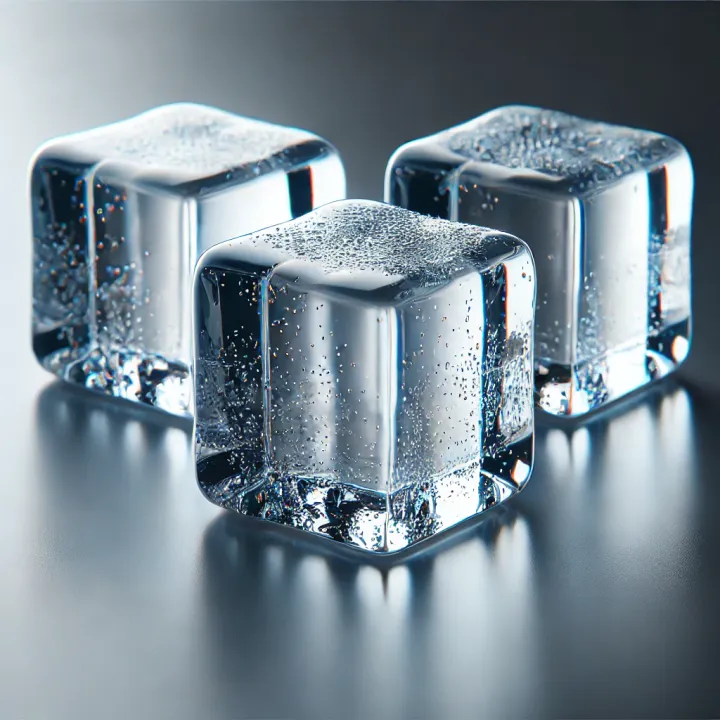The Four Varieties of Japanese Shade-Grown Teas
Shade-grown cultivation, or "hifuku saibai" (被覆栽培) in Japanese, is a technique where tea plants are intentionally shaded before harvest. This article highlights the four key varieties of shade-grown green tea and their unique qualities.
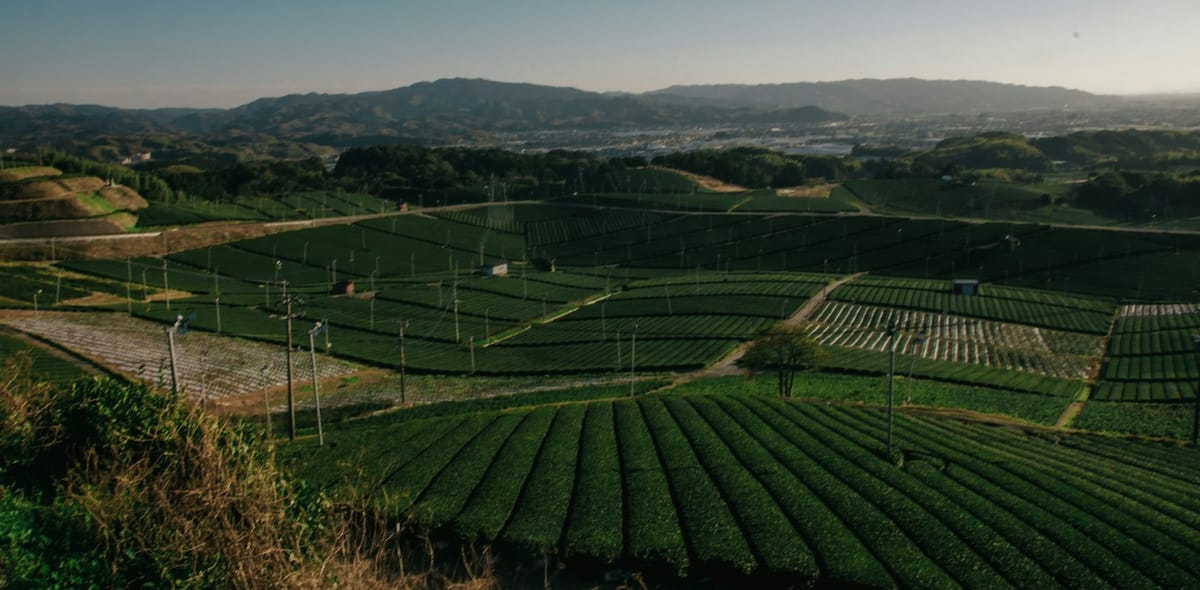
Shade-grown cultivation, or "hifuku saibai" (被覆栽培) in Japanese, is a specialized method of growing tea plants where the plants are intentionally shaded before harvest.
This shading process reduces the amount of sunlight reaching the leaves, producing more tender, richly green leaves with enhanced umami flavor and reduced bitterness or astringency.
This technique, also known as "covering" (被せ; kabuse) in the tea industry, results in higher-quality tea.
Teas produced through this shading method include Gyokuro and Kabusecha.
Gyokuro tea plants are typically shaded for 20 days or longer, while Kabusecha is shaded for a shorter period, about 10 to 14 days.
On the other hand, "sencha" generally refers to tea grown in full sunlight. However, sencha is a broad term used to describe green tea leaves that are steamed and rolled, excluding tencha, which is not rolled.
Some sencha may be lightly shaded for a few days to improve its flavor, or blends of shaded and unshaded leaves might be used to enhance quality or yield.
Despite these overlaps, Gyokuro and Kabusecha are considered premium teas, so they are rarely labeled as sencha due to their higher market value.
Why Use Shading in Tea Cultivation?
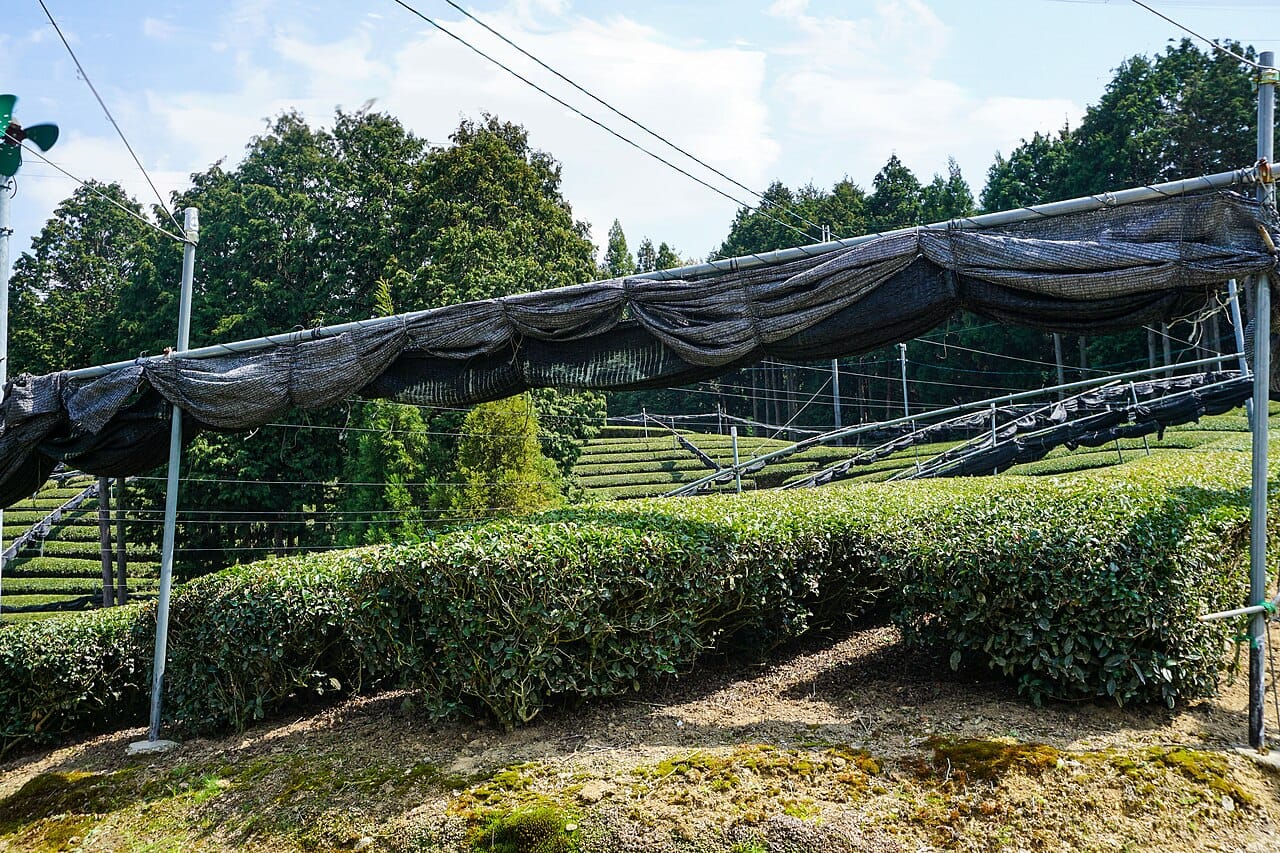
Although it may seem counterintuitive to limit sunlight for plants that require it for growth, shading tea plants can significantly enhance the quality of the tea.
Much like how moderate stress can improve human performance, limiting sunlight induces beneficial stress in the plant, positively impacting its taste, aroma, and color.
Taste: Enhancing Umami
The primary reason for shading tea plants is to boost the umami flavor that is highly prized in Japanese tea.
The key compound responsible for umami is the amino acid L-theanine. When tea plants are exposed to sunlight, L-theanine converts to catechins, which increase bitterness and astringency.
However, by shading the plants, more L-theanine is preserved, resulting in tea leaves with a richer umami flavor.
Additionally, shading increases caffeine levels, adding a pleasant, refreshing bitterness distinct from that of catechins. Thus, shaded teas have lower astringency and bitterness, allowing the umami and sweetness to be more pronounced.
A Unique Green Seaweed-Like Aroma
Shading also imparts a distinctive green, seaweed-like aroma, known as "covering aroma" (被覆香り; hifuku kaori or 覆い香り; ooi kaori).
This aroma is created by the production of dimethyl sulfide, a compound formed during the shading process.
While too much dimethyl sulfide can result in an unpleasant odor, a small amount enhances the tea's overall aroma, adding a refreshing, high-quality scent.
Kabusecha, which is shaded for a shorter duration than Gyokuro or matcha, tends to have a subtler covering aroma.
However, this aroma can sometimes mask the tea’s natural fragrance and cultivar-specific characteristics, making it less desirable for tea farmers who wish to highlight the tea's inherent aroma.
Vibrant Green Color
Shading also enhances the tea plant's color. With reduced sunlight, the plants must produce more chlorophyll to sustain photosynthesis, resulting in a darker, more vibrant green hue.
Additionally, shaded leaves grow larger and softer as they attempt to capture more sunlight, making them easier to process into fine, delicate tea. The deep green color and tender texture are hallmarks of high-quality shaded tea.
By manipulating the amount of sunlight, tea farmers can optimize the taste, aroma, and appearance of the tea, creating a product with greater umami, a pleasant aroma, and a strikingly rich green color.
What Are the Four Varieties of Japanese Shade-Grown Teas?
Shaded green teas are relatively rare in Japan compared to those grown in full sunlight. As reported by the Japanese Association of Tea Production, shaded teas accounted for only about 8% of the country's total tea production.
Gyokuro

Gyokuro (Japanese: 玉露), meaning "jade dew," is a premium green tea from Japan that is cultivated in the shade. Unlike standard sencha, which is grown in full sunlight, gyokuro is shaded for around 20 days before harvest.
This shading process uses materials like reed screens, straw, or shading nets to block most sunlight, beginning when the first flush of new tea shoots emerges.
As defined by the Japan Tea Central Association, gyokuro is produced in a manner similar to sencha, but the key difference lies in its cultivation under shade, which enhances its flavor and quality.
Key Characteristics of Gyokuro:
- Shaded for approximately 3 weeks before harvesting
- Dark green leaves that produce a bright green infusion
- Rich umami flavor with a distinctive aroma
- High L-theanine content, similar to matcha
Why Gyokuro is So Expensive?
Gyokuro is expensive due to its intricate and labor-intensive cultivation process, where tea plants are shaded for three weeks to enhance their umami flavor and L-theanine content.
The delicate leaves are hand-picked, adding to the time and effort required.
Grown only in a few select regions of Japan, like Uji and Yame, Gyokuro is produced in small quantities, making it both rare and highly sought after for its rich flavor and vibrant green color.
Matcha
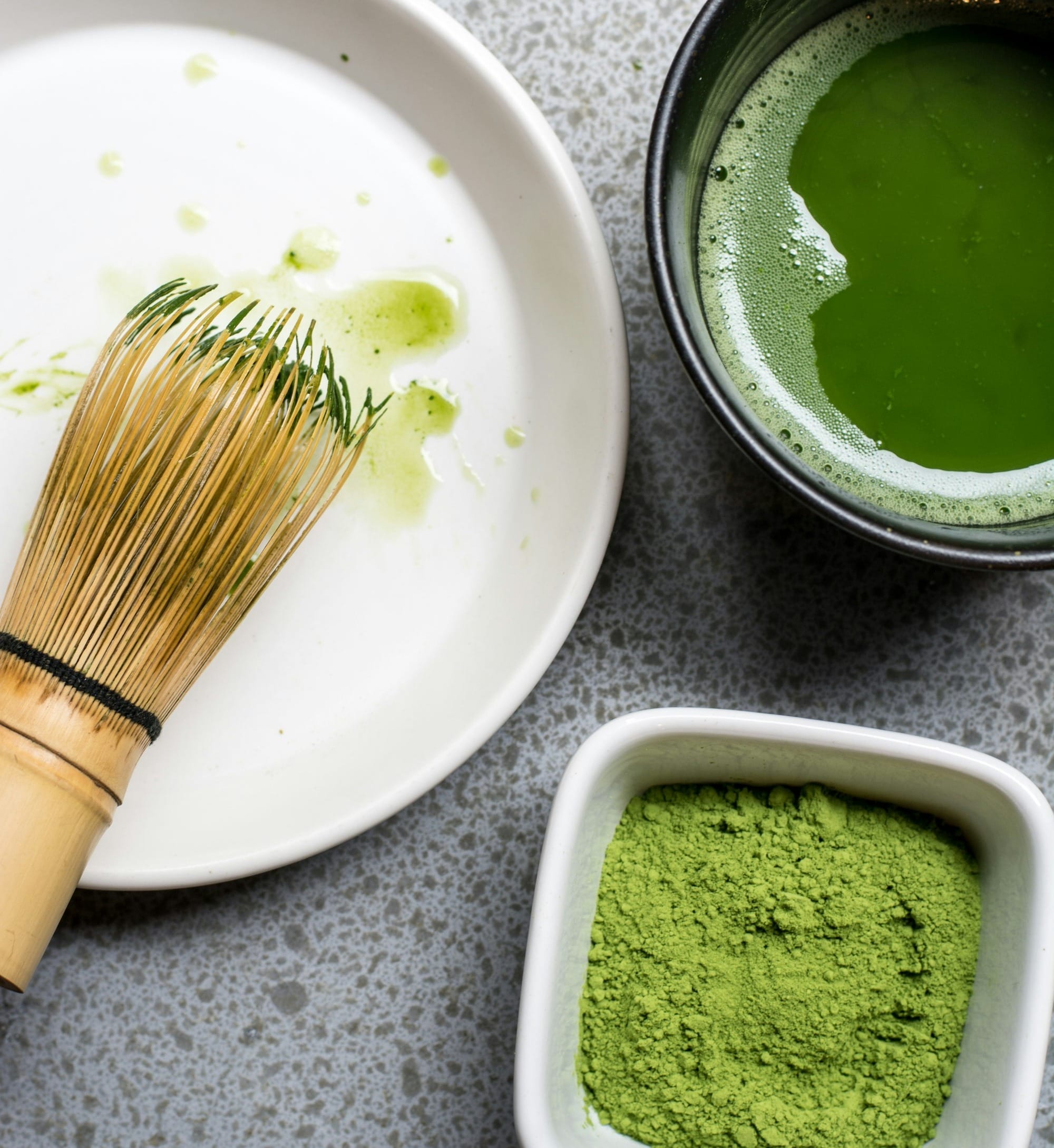
Matcha is a premium green tea that is finely ground into a powder, which is then whisked directly into hot water to create a frothy, vibrant drink.
Unlike traditional teas that are steeped, matcha is fully consumed in its powdered form. The ritual of preparing, serving, and sipping matcha is the foundation of the Japanese tea ceremony, a practice deeply rooted in mindfulness and tradition.
While matcha originated in this ceremonial context, it has gained widespread popularity across the globe.
Today, matcha is enjoyed in a variety of forms—from tea lattes and boba tea to culinary applications such as ice cream, baked goods, and even salad dressings.
At the heart of this global phenomenon lies ceremonial-grade matcha, the highest quality of matcha green tea. Traditionally used in Japanese tea ceremonies, it holds significant cultural and spiritual value. C
Ceremonial-grade matcha is crafted from the youngest, most tender tea leaves that are shade-grown for several weeks before harvest.
This shading process enhances the leaves’ chlorophyll and L-theanine content, resulting in a vibrant emerald green powder. The tea’s flavor profile is marked by a rich umami taste and a naturally sweet finish, with none of the bitterness typically associated with lower grades of green tea.
The leaves for ceremonial-grade matcha are carefully handpicked, then quickly steamed to prevent oxidation, preserving their fresh taste and color. They are then slowly stone-ground using traditional granite mills, a painstaking and time-consuming process that ensures an ultra-fine powder, which helps retain the tea's delicate flavor and nutritional properties.
Due to the rarity of the leaves and the labor-intensive production methods, ceremonial-grade matcha is more expensive than other types of matcha.
Kabuse Sencha
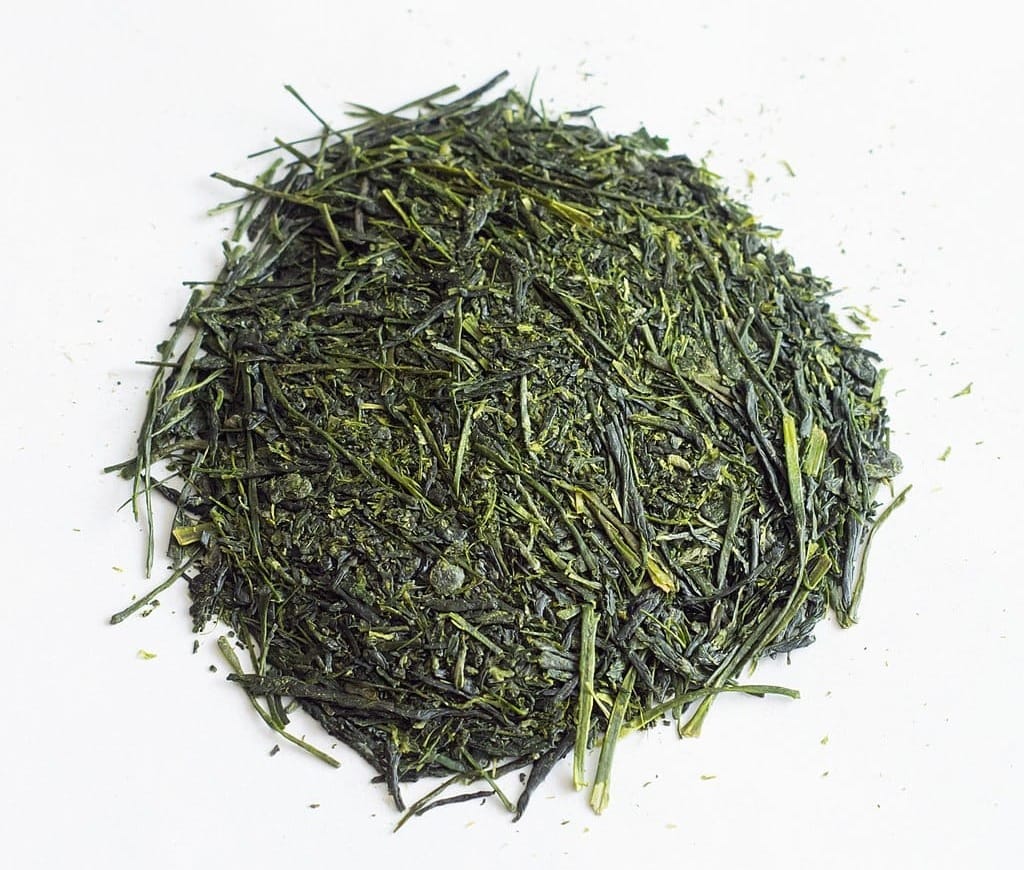
Kabusecha, a name derived from the Japanese words for "cover" (kabuseru) and "tea" (cha), refers to a type of covered green tea.
It is also considered a higher-quality variant of Sencha. When brewed, Kabusecha yields a pale yellow-green hue, offering a mild grassy astringency along with a rich green tea flavor and a slight sweetness. Let’s dive deeper into this premium tea variety.
Tea was first introduced to Japan in the 8th century through monks, diplomats, and traders, who brought it from China.
Japanese Buddhist monks returning from their travels to China further popularized tea in Japan.
However, it wasn’t until 1735 that Sencha emerged, thanks to Baisao (売錕濁), also known as Ko Yugai, a tea vendor in Kyoto.
While Chinese tea makers pan-fried their tea leaves, Baisao used a method where whole tea leaves were simmered in boiling water, creating the tea now known as Sencha.
Kabusecha is closely related to Sencha but is partially shaded, as its name suggests. It is grown from the Camellia Sinensis tea plant, with the Yabukita cultivar being the most common.
The largest producer of Kabusecha is the Mie prefecture. Similar to Gyokuro, Kabusecha is shade-grown, but for a shorter duration—about 7 to 10 days compared to Gyokuro's 20-day shading period.
While Gyokuro plants are fully shaded under nets, Kabusecha plants receive some sunlight, air, and water.
The tea leaves used for Kabusecha are younger and smoother than those of Bancha, which has coarser, larger leaves and a more robust, earthy flavor.
Hakuyoucha
Hakuyoucha, also known as white-leaf tea, is a relatively new variety of shaded tea that emerged in the 2010s.
Despite its name, Hakuyoucha is not a type of white tea but a unique form of green tea that undergoes an extreme shading process, giving it its distinctive characteristics.
To produce Hakuyoucha, tea farmers employ an intense shading technique where nearly 100% of sunlight is blocked from reaching the tea plants.
This is achieved by covering the plants with three layers of light-blocking material, each layer filtering about 98% of the sunlight. The tea bushes remain under this cover for at least two weeks prior to harvesting.
This rigorous shading process results in tea leaves that produce a very pale infusion, almost white in appearance, which is how Hakuyoucha got its name.
The lack of sunlight prevents the tea from developing bitterness, allowing for an intense umami flavor to dominate.
The combination of extreme shading and careful cultivation results in a tea that is rich, smooth, and naturally sweet, without the astringency often found in other green teas.
Due to its unique cultivation process and rare availability, Hakuyoucha is considered a premium tea, cherished by tea enthusiasts for its delicate flavor and striking appearance.

